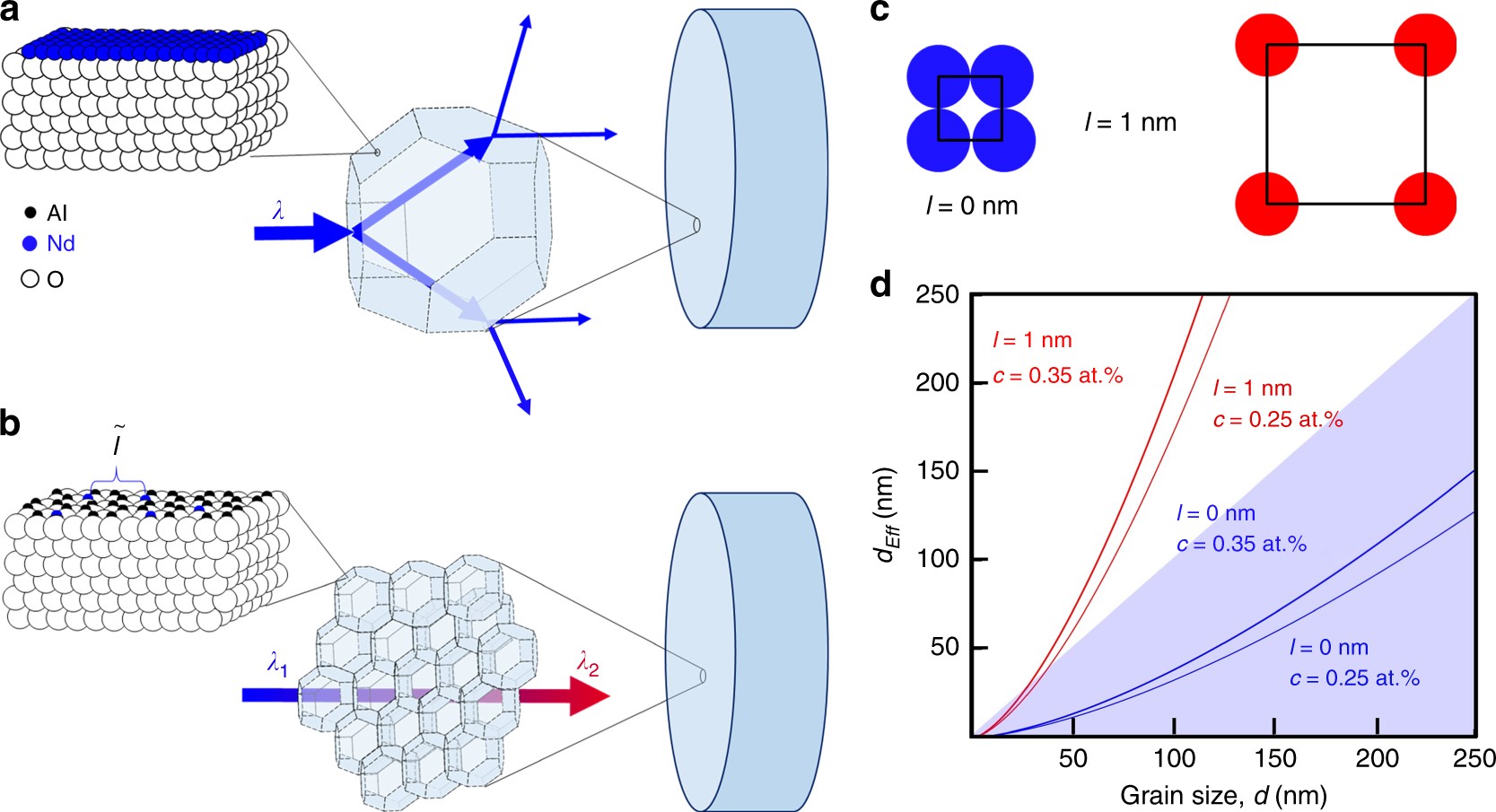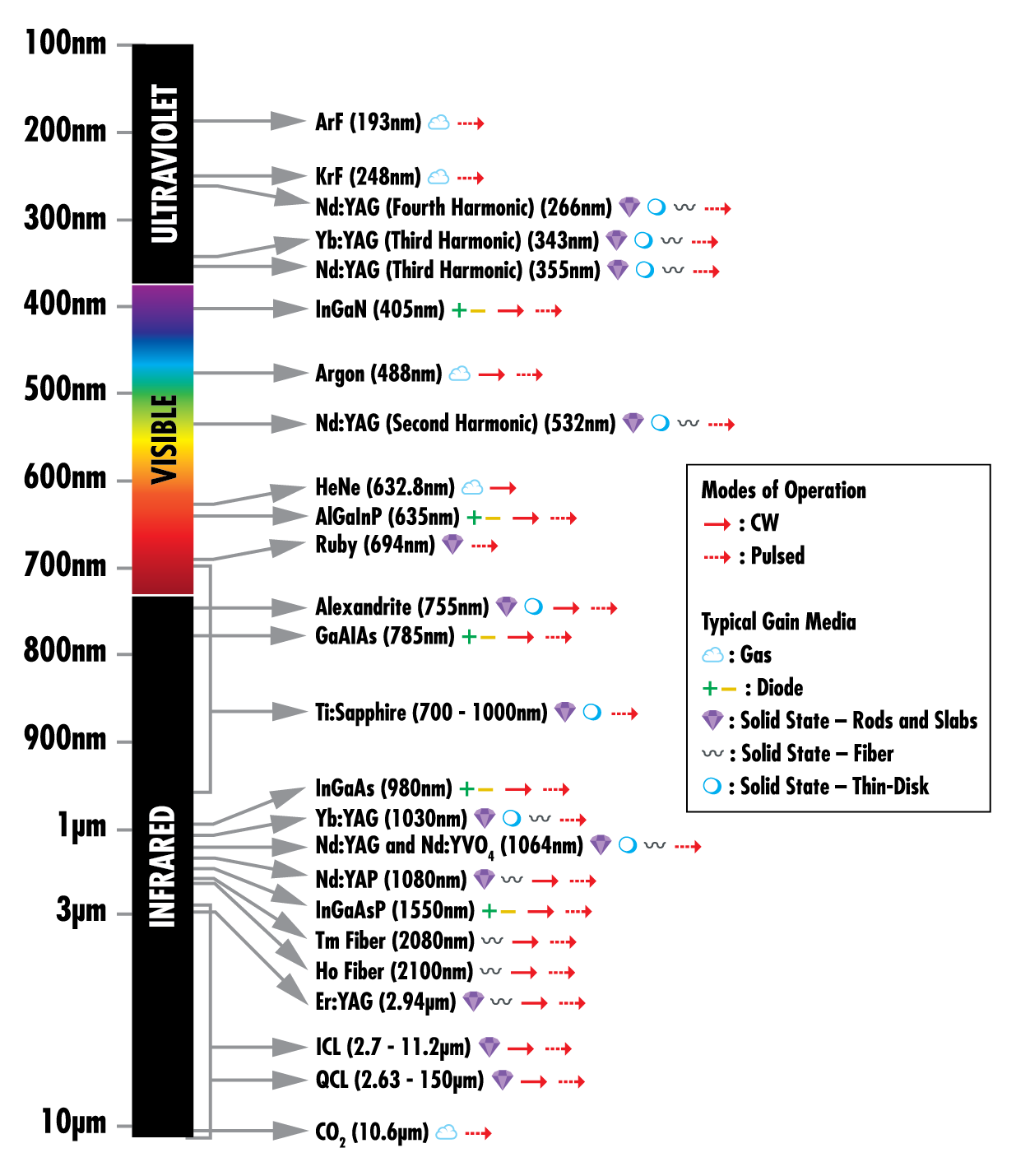Contents

Source: Nature
The World of Transition Metal-Doped Solid-State Lasers
Introduction
Transition metal ions play a crucial role in the development of solid-state lasers. These ions are doped into various host materials to create laser gain media with unique properties. In this blog post, we will explore the common transition metal ions used in solid-state lasers and their applications.
Common Transition Metal Ions and Their Host Media
Transition metal ions, such as titanium (Ti3+), chromium (Cr), and iron (Fe2+), are commonly used in solid-state lasers. These ions are doped into host materials like sapphire, zinc chalcogenides, and silicates to create laser gain media with specific emission wavelengths. For example, Ti3+ in sapphire emits light in the range of 0.65–1.1 μm, while Cr2+ in zinc chalcogenides emits light in the range of 1.9–3.4 μm.
Properties of Transition Metal Ions
Transition metal ions exhibit broad absorption and laser transition bandwidths, leading to a large gain bandwidth. This broad bandwidth is attributed to the strong interaction of electronic transitions with phonons, resulting in homogeneous broadening. Despite this broadening, transition metal ions have high transition cross-sections comparable to rare-earth-doped gain media.
Applications of Transition Metal-Doped Solid-State Lasers
Solid-state lasers based on transition metal-doped gain media are widely used in various applications. Titanium–sapphire lasers and chromium-doped lasers like Cr4+:YAG and Cr3+:LiSAF are among the most important examples. These lasers are utilized for generating ultrashort pulses and in broadly tunable laser systems. Less common are lasers based on ions like Co2+ and Ni2+, which find applications in mode-locked lasers.
Conclusion
Transition metal-doped solid-state lasers offer a versatile platform for generating laser light across different wavelengths. By leveraging the unique properties of transition metal ions and carefully selecting host materials, researchers and engineers continue to develop innovative laser systems for a wide range of applications.

Source: Edmund Optics
Feel free to comment your thoughts.



